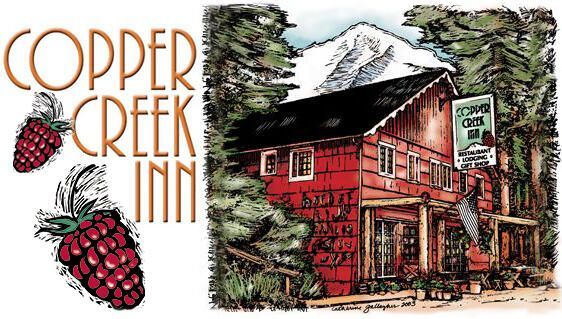Your Guide to Mt. Rainier Through The Seasons
Year-round beauty
If you’ve never traveled through the evergreen forests of Washington, you’re missing out on some of the greatest views in the United States. The lush, deep greens will leave you mesmerized in their beauty, dizzying yourself from turning in circles in hopes of taking it all in. Rising up over those forests is Mount Rainier National Park, and trust us when we say this is the place to be.
Regardless of when you visit, each season brings its own character, excitement, and possibilities for fun. Whether it’s wildflowers in July or snow-dusted trees in January, the landscape here is always changing. Here’s what you can expect throughout the year at Mt. Rainier, and a few activities that’ll make your trip even more memorable.
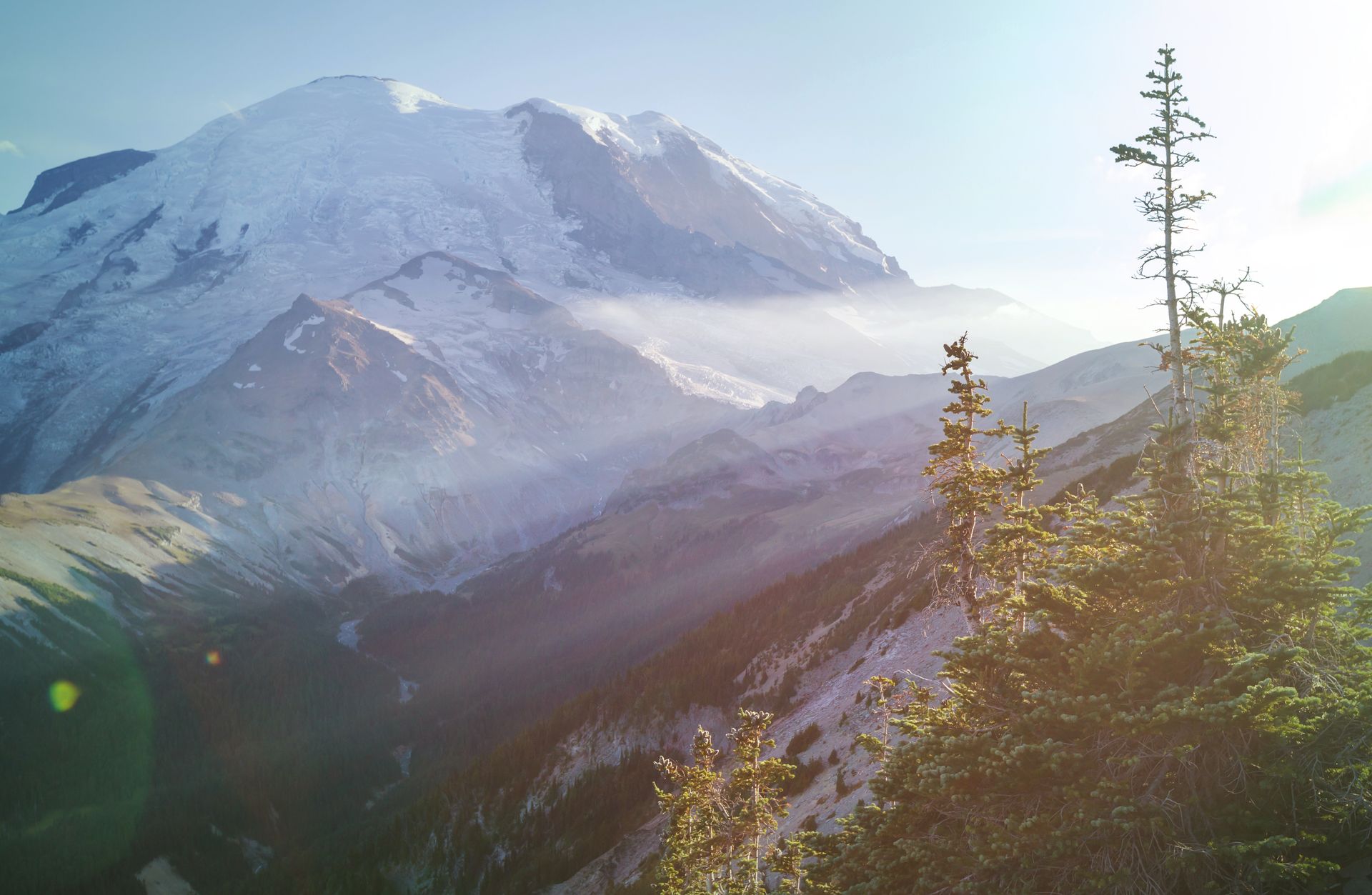
Springtime at Mt. Rainier
As winter fades away and the wildflowers begin to bloom, the forests come to life. By late April or May, the lower hiking trails begin to clear, the sounds of birdsong filling the sky. You’ll still find lingering snow into the late spring, but that is typically higher up, around 4,500 feet. The lower trails near Ashford and Longmire are accessible, and although the mornings can be chilly, the landscape shifts beautifully from white to green.
Spring Activities:
- Hiking trails such as Trails of the Shadows or Twin Firs Loop
- Waterfall photography, specifically with Christine Falls or Narada Falls
- Wildlife watching (keep an eye out for elk and deer!)
- Exploring
historic sites near Longmire
Summertime at Mt. Rainier
Summer in Mt. Rainier is one you won’t soon forget. By June, everything is blooming with color, the last traces of snow having melted away. These wildflower displays (lupin, paintbrush, avalanche lilies, etc.) are among some of the main attractions within the national park. Summer is easily the busiest, yet most accessible, time to visit. Temperatures are comfortable, generally in the 60s and 70s. Skies are often clear, perfect for taking in the views. Let’s not forget about the sunrises at Mt. Rainier either! It’s a magical experience to watch the sun break over the mountains, glistening the morning dew with its rays.
Summer Activities:
- Trails like the Skyline Trail at Paradise or Naches Peak Loop are ready to go
- Picnicking next to Reflection Lake or Tipsoo Lake
- Photography of the sunrise, sunset, and the crystal clear starry nights
- Ranger-led programs and evening talks
For the summertime, we recommend starting your day off earlier than you would otherwise for the best chance of wildlife sightings, but also to avoid crowds.
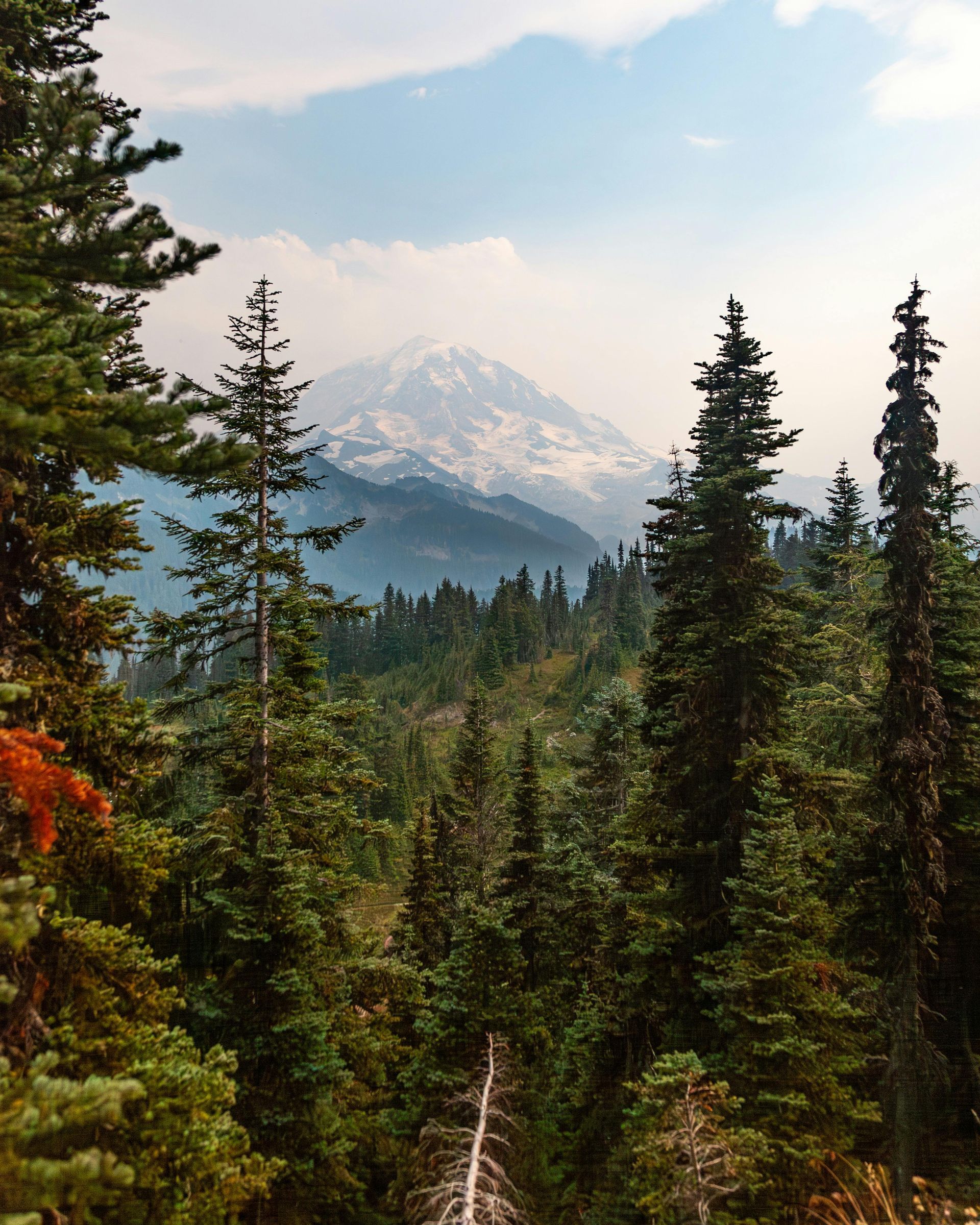
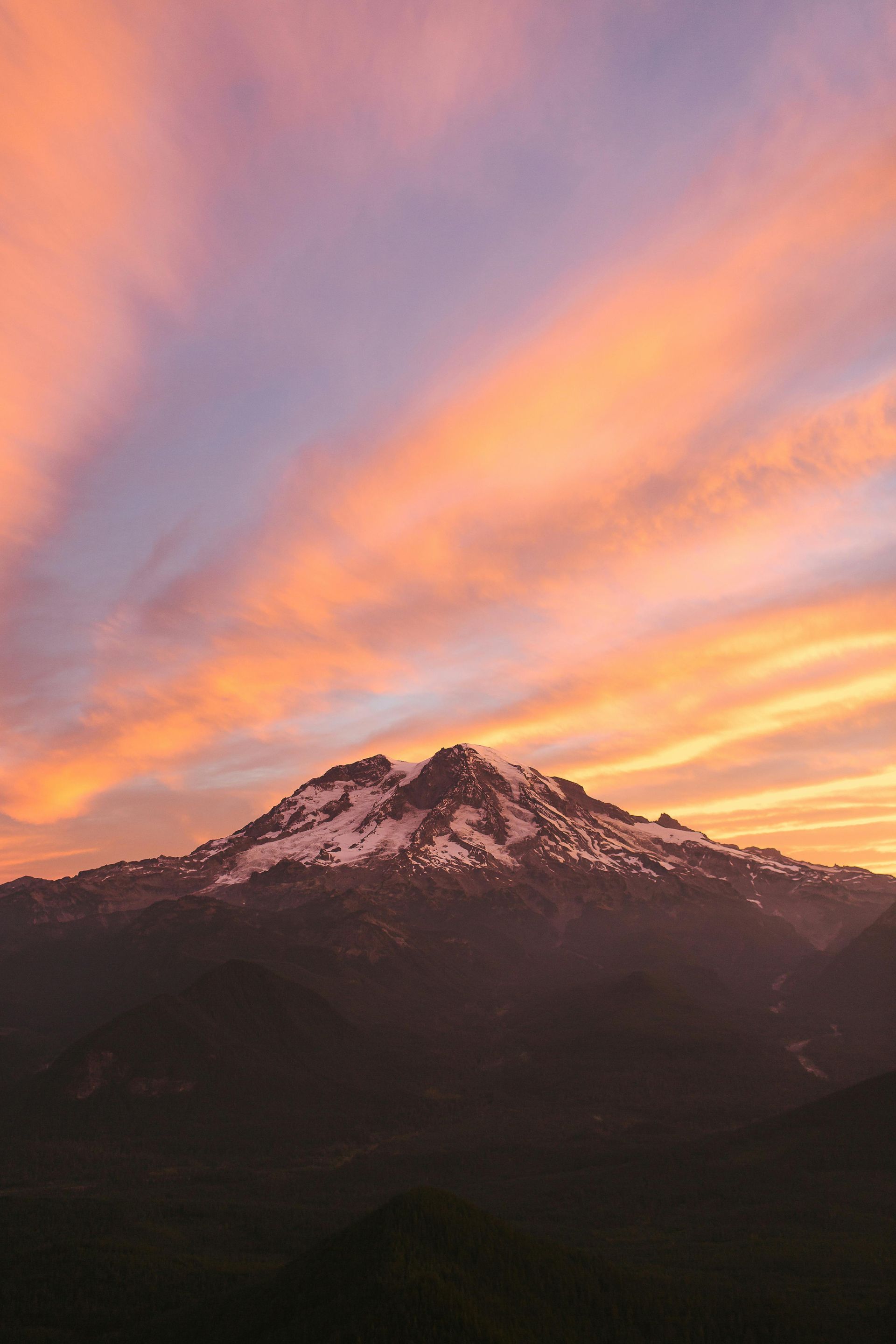
Falltime at Mt. Rainier
Autumn is a quieter time on the mountain, which might just make it the most underrated. By late September into October, hues of red, gold and orange bless the trees. Cooler air rolls in, and the crowds thin out. This leaves miles of trails open for those who prefer a quieter and more peaceful hike. You’ll want to bring a jacket, because the mornings and afternoons are chilly, especially at higher elevations.
Fall Activities:
- Hiking in the Grove of the Patriarchs
- Fall drives to see the foliage along Stevens Canyon Road and Paradise Valley Road
- Foraging for wild huckleberries
- Mushroom hunting
Wintertime at Mt. Rainier
Last, but certainly not least, winter in Mt. Rainier provides the true winter landscape that we oh-so-crave. November through March bring some of the highest annual snowfall in the country, often more than 600 inches! Yet, on clear days, the snowy area sparkles, and the stillness is unlike anything you’ve ever experienced. Most of the park roads are closed during this time, but (weather permitting) the route to Paradise is plowed daily.
Winter Activities:
- Snowshoeing
- Cross-country skiing
- Sledding
- Guided ranger snowshoe walks
- Winter photography
The winter weather can be unpredictable, so always check road conditions and avalanche forecasts before you go.
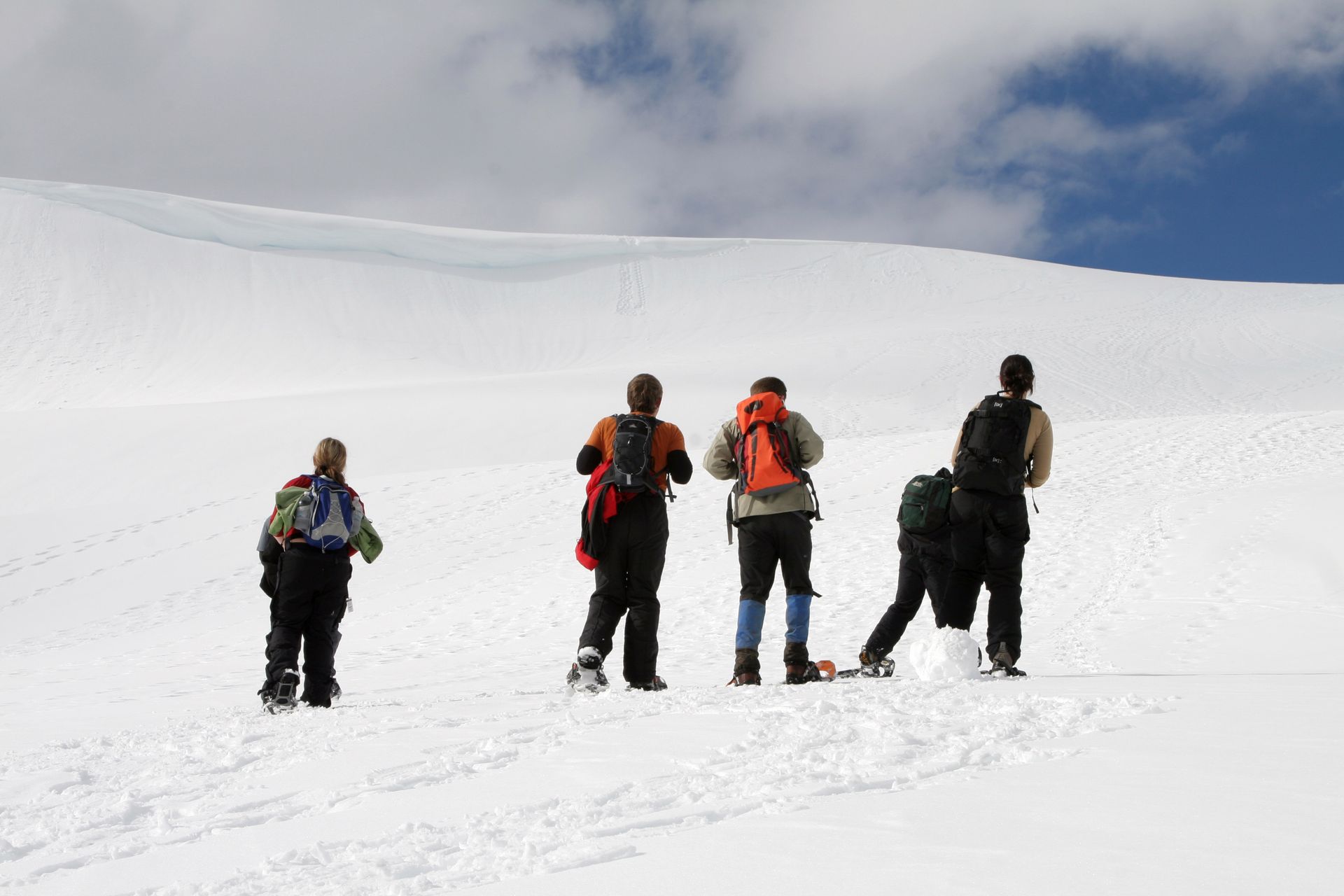
Stay At Copper Creek Inn
You might be asking yourself, “So, when is the best time to visit Mt. Rainier?” It depends on what type of experience you are looking for. If you’re looking to explore the trails, the warmer months are key. Trying to avoid the crowds? Fall is the safe bet. Interested in seeing a winter wonderland? The colder months of the year would be ideal for you. The diversity in the landscape is one of the many reasons why Mt. Rainier is one of the best national parks in Washington.
While you’re here, Copper Creek Inn offers the perfect base. We’re just minutes away from trails, waterfalls, and all the sights we’ve mentioned above. Our cozy cabins and suites are perfect for relaxing after a long day out, and with our restaurant nearby, you’ll be treated to some of the best food in the area. So whether you’re coming for the spring skies, summer flowers, fall colors, or winter wonderlands, experience the beauty of Washington’s most iconic mountain, one season at a time.
